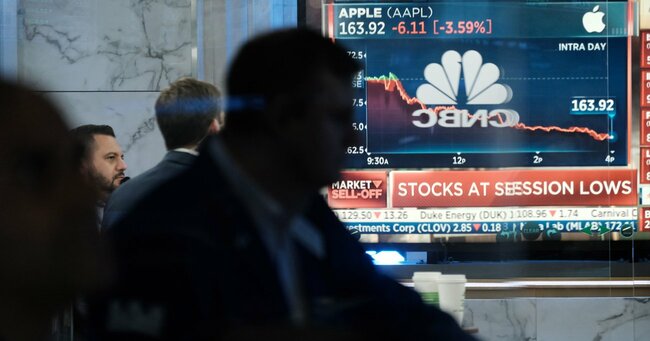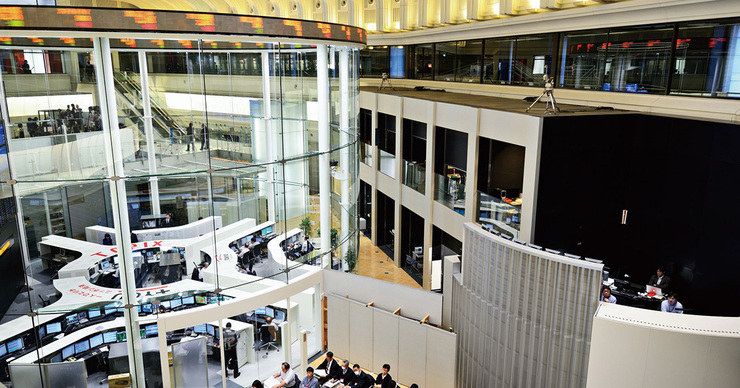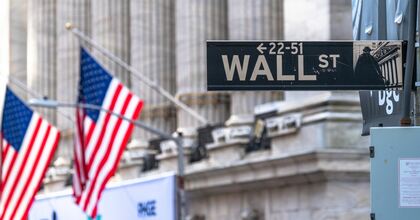Originally published in Japanese on Aug. 30, 2022
Stocks’ secret fuel
Headlines have heralded doom since mid-June when world stocks plummeted 20% from January’s highs in U.S. dollars — and now America’s two straight quarters of gross domestic product contraction further fan the flames of panic. The ultra-weak yen has tempered TOPIX declines, but many believe bigger pain awaits.
That is wrong. Unlike most downturns, this global bear market is sentiment-driven — a correction-like trait. Its unusual depth stems from the myriad fears fueling it, confounding investors. But it resembles most bear markets in a key way: It spawned what I have long called the “Pessimism of Disbelief” (PoD), which builds the foundation of a recovery in Japan and abroad even now.
I have written about the Pessimism of Disbelief for decades. It surfaces after major downturns whack sentiment, leading investors to focus on negatives while ignoring good news or arguing positives will soon morph into something bad. The PoD renders any reality short of disaster a positive surprise — recovery fuel.
It is everywhere now. Sentix’s index of Japanese economic expectations is at its lowest since March 2009 — the depths of the global financial crisis. U.S. consumer sentiment hit a record low in one survey dating to 1952. European surveys are similarly dour. Bleak headlines warn of an energy-driven global recession spurred by Russia throttling European gas supplies. Or they fret about spiking COVID cases shutting down some Japanese factories — again. Or the yen’s nosedive further raising fuel, food and other import prices, potentially triggering a continent-wide currency devaluation race to safeguard exports. Or, or, or! China’s Taiwan and Senkaku Island aggression dents sentiment, too, as does former Prime Minister Shinzo Abe’s horrific assassination.
Meanwhile, any positives encounter yes, buts — powerful contrarian indicators. Yes, Japanese manufacturing activity grew in July, but at the slowest pace in 10 months. Yes, China reopened after spring lockdowns, but rising caseloads and targeted restrictions — like Wuhan’s recent clampdown — mean broader lockdowns lurk, threatening your biggest trade partner. Yes, global recession fears are widespread, but markets somehow haven’t pre-priced them.
New fears, old dynamic
We have seen this before. Take 2020, when the Pessimism of Disbelief ran rampant. Ugly backward-looking data stole headlines, like that May’s Japanese industrial production tumbling 25.9% year-on-year — extending the plunge wrought by COVID restrictions. Yes, but was the response to any hint of hope. That was classic Pessimism of Disbelief, teeing up a positive surprise — and huge returns. The TOPIX roared 49.4% from March 2020’s low through that year-end amid pervasive fear and doubt.
Now? No one can pinpoint stocks’ bottom. I never try to predict short-term swings. But the Pessimism of Disbelief is building, with scary stories fueling dread. I tally at least eight — maybe more, depending on how you count — interconnected fears. That is a key, peculiar twist now. Typically, one or two main scare stories surround big downdrafts. In 2020, fears focused on COVID and COVID-driven economic shutdowns. During late 2018’s global correction, “trade war” fears reigned. 2015 – 2016 worries included the soaring yen and tanking commodities.
2011’s downturn jitters were broader — Fukushima’s tragedy sparked nuclear disaster talk, Europe’s debt crisis threatened the euro, America’s debt-ceiling fight — but far from today’s cocktail of inflation, war, energy shortages, oil prices, interest rates, supply chains, global political rancor and all the rest. The International Monetary Fund’s July 26 global growth downgrade deemed risks “overwhelmingly tilted to the downside.” The Cabinet Office’s upward revision to Japan’s July economic assessment came with warnings of growing consumer cutbacks and discretionary spending still lagging pre-COVID levels.
The price of fear
This ubiquitous gloom is now priming a rebound, but the dourness likely lasts long after. Again, consider 2020: Most observers claimed to rebound stocks “ignored” negatives. That year, Q2 Japanese GDP plummeted 28.1% annualized — while markets climbed. Consumer spending sank amid restrictions. Border closures and the postponed, fan-free Olympics squashed tourism. Entire industries, like airlines and Japan’s ski resorts, floundered. Before any clarity emerged, stocks had already surged. This isn’t to dismiss 2020’s painful realities, but perfection was not needed for a rally then. It will not be needed to be now.
I often call the stock market “The Great Humiliator” — it tries to fool as many investors as possible, for as long and as much money as possible. It has certainly hit me this year. But never forget that the Pessimism of Disbelief is one of The Great Humiliator’s most effective tools for humiliation. Its building presence leaves many paralyzed in fear while forward-looking markets eye a far better future. Do not let it fool you now. Look ahead to the coming rebound.
Ken Fisher is Founder and Executive Chairman of Fisher Investments, a $200 billion global investment management firm spanning Asia, North America, Europe, Australasia, and the Middle East. He is the author of 11 books, including four New York Times Bestsellers, and writes customized columns in leading publications in 15 countries. He lives in Dallas, Texas. The views expressed here are his own.











